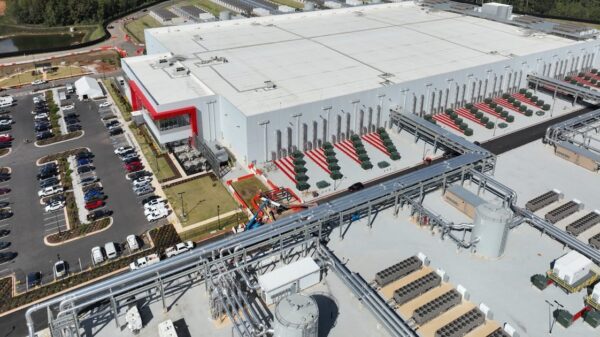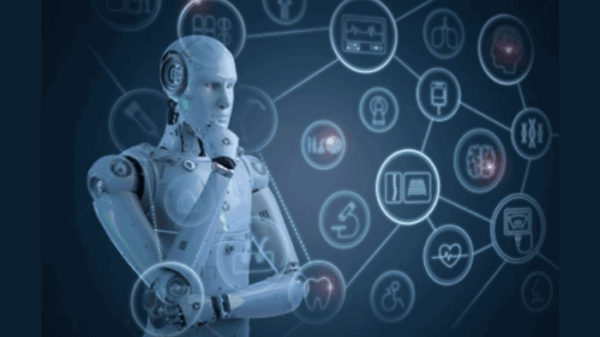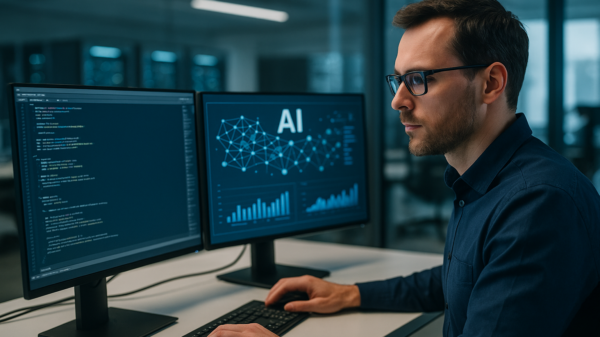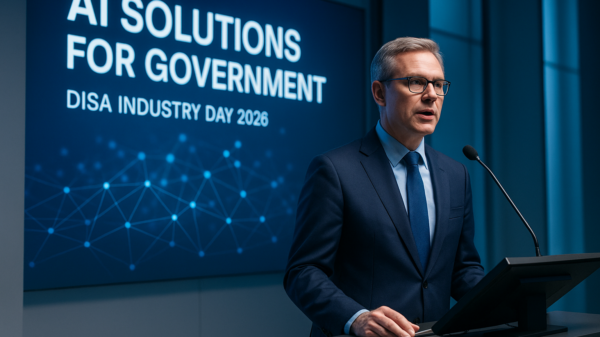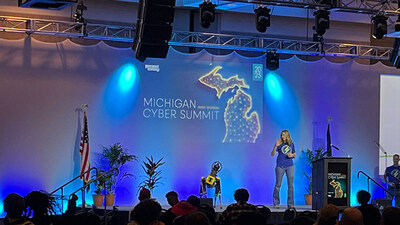In late September, German airline Deutsche Lufthansa AG announced plans to cut 4,000 administrative positions by the decade’s end, attributing this move partly to the “increased use of artificial intelligence.” This trend reflects a broader shift among companies in various sectors, with many acknowledging the role of AI in workforce reductions.
Shortly after Lufthansa’s announcement, Dutch lender ING Groep NV indicated that nearly 1,000 jobs were at risk due to “digitalization, AI, and evolving customer needs.” Similarly, Krafton Inc., a South Korean video game company, has decided to freeze hiring as it shifts to an “AI-first” development strategy.
Historically, companies have hesitated to link layoffs directly to AI advancements, fearing backlash. However, recent months have seen a surge in large firms openly connecting job cuts to AI efficiency. According to Challenger, Gray & Christmas, AI-related job cuts in the U.S. have reached a staggering 48,414 this year, with 31,039 announced in October alone. This trend coincides with a general increase in layoffs, where AI is cited as a factor in approximately 20% of job cuts last month.
This growing acknowledgment of AI’s impact has drawn the attention of policymakers, including Federal Reserve Chair Jerome Powell. The situation has sparked debates about whether firms are genuinely leveraging AI to streamline operations or merely using it as a convenient excuse to justify layoffs amid economic uncertainties. Many experts suggest that the reality may encompass both motivations.
In the U.S., corporations that previously held onto employees in a “low hire, low fire” labor market are starting to make cuts. As they face ongoing challenges such as tariffs and trade wars, firms, particularly in the tech sector, are re-evaluating their workforce sizes after significant post-pandemic expansions. According to George Denlinger, an operational president at staffing agency Robert Half, many companies are now discussing AI as a means to replace certain jobs, which can sometimes lead to “AI-washing”—blaming AI for layoffs while neglecting other factors.
This ambiguity is evident in statements from major tech firms like Amazon. CEO Andy Jassy indicated in June that the company would reduce its workforce as AI began managing more tasks. However, four months later, Amazon announced a reduction of 14,000 jobs, clarifying that the move was not directly driven by AI but rather due to an overly bloated bureaucracy.
While AI’s role in job cuts can’t be dismissed, the reality is more complex. Companies like Amazon, Microsoft Corp., and Oracle Corp. are simultaneously trimming expenses in several areas while increasing investment in data centers and AI capabilities. As AI technologies advance, they are beginning to handle repetitive and high-volume tasks more efficiently. According to Mike Doonan of SPMB, one large client eliminated its U.S.-based customer service staff in favor of AI tools, effectively reducing costs.
During an earnings call in late October, executives from C.H. Robinson Worldwide Inc. highlighted their growing automation in manual tasks, resulting in a 10.8% decrease in average headcount year-over-year. This reduction was met with positive reactions from investors.
In a panel discussion earlier this year, IBM CEO Arvind Krishna asserted that AI could streamline contract management, potentially reducing the need for large numbers of staff. He noted that while AI has replaced some HR roles at IBM, the company has also hired more employees in other areas. IBM anticipates reaching $4.5 billion in savings from AI and automation by year-end.
Even when companies do not attribute job losses explicitly to AI, they are raising expectations for new hires. For instance, Shopify Inc. CEO Tobi Lutke informed employees that teams must justify their hiring requests by demonstrating why tasks cannot be accomplished through AI. Likewise, ServiceNow Inc. CEO Bill McDermott remarked on slowing down hiring for less engaging roles, as AI agents are capable of handling that workload without the need for compensation or benefits.
The landscape of AI continues to evolve, with leading developers working on software that can automate tasks performed by research analysts, consultants, and software engineers. Nevertheless, there remains skepticism regarding the practical utility of these tools. Tom Case from Atticus Growth Partners pointed out that while AI is improving, there is still uncertainty regarding its usefulness and integration into everyday work routines.
If tech firms can address these uncertainties, it could pave the way for broader AI adoption and further workforce reductions. Presently, Goldman Sachs predicts that AI will lead to a 4% reduction in client headcount over the coming year, potentially rising to 11% in three years. Last month, Goldman Sachs also informed its employees to prepare for additional job cuts as it seeks to maximize the benefits of AI.
 Trump Declares State AI Laws a ‘Disaster’ Amid Federal Regulation Uncertainty
Trump Declares State AI Laws a ‘Disaster’ Amid Federal Regulation Uncertainty Cars.com Reveals 97% of AI Users Say It Influences Car Purchase Decisions
Cars.com Reveals 97% of AI Users Say It Influences Car Purchase Decisions VA Launches Ambient AI Scribe in 10 Medical Centers to Enhance Veteran Care Experience
VA Launches Ambient AI Scribe in 10 Medical Centers to Enhance Veteran Care Experience Abacus AI Launches Multi-Model Platform for $10, Reducing AI Costs by 60%
Abacus AI Launches Multi-Model Platform for $10, Reducing AI Costs by 60%


